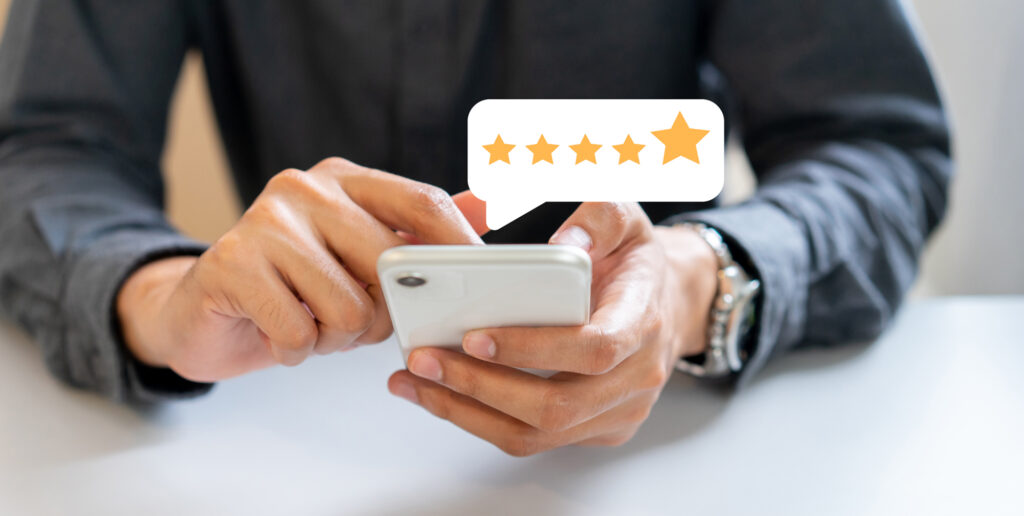14 Oct Improve Your Virtual Event Surveys in Three Steps

One way to gauge an event’s success is to survey participants during or after activities. But creating an effective survey can be one of the most difficult tasks in event planning. Too often, surveys produce inaccurate or inconclusive data, leaving your event team grasping for answers.
During a virtual event, it’s even harder. Busy attendees can leave with the click of a mouse. So, how do you engage them to participate in a survey that produces accurate, usable data?
Here are some tips for survey success:
1. Make It Engaging
More engaging surveys capture more willing participants, who provide more reliable answers. Some of the features that can generate interest in taking a survey include:
Use exact language. When formulating questions, make them short and to the point, and structure them using active voice. Ask the question in the first person, to eliminate the extra time it takes for respondents to imagine themselves in the situation you’re querying about. Phrasing questions as “I would …” instead of “Joe would …” reduces response time and can lead to faster, more accurate results. Similarly, instead of using a scale of 1 to 5, give either/or options. Think about your own experience – how long does it take for you to decide “I am somewhat likely” or “I am most likely” compared to “I like” or “I dislike”?
Use open-ended questions – but not too open. Open-ended questions, such as “How would you improve …?” offer a chance for participants to weigh in on what they liked or disliked, or to offer input on improvements for future events. However, making every question open-ended results in a survey so broad that the answers will leave your team scratching their heads. Limit the open-ended questions to one or two, and narrow the scope of input that you desire. For instance, instead of “What would you improve?” ask respondents something like, “What topic would you like to learn about at the next event?”
Scenario-based simulations. Present participants with a scenario-based simulation to help them see the value of newly acquired information or skills. As an added plus, a quick practice session will help them retain what they’ve learned longer.
Pop quizzes/games. Include a fun pop quiz or memory game to test the survey taker’s understanding and retention. These quick memory aids are great ways to make new terms or brief bits of info stickier for participants.
Survey quizzes/games are also a way to promote some fun competition at an event. Display the results on a leaderboard to help encourage more participants to complete the survey.
Use images. While colorful images can provide a pleasing element to a survey, imagery such as well-designed charts or graphs can also quickly summarize data for participants and help them better understand information. Capture your event highlights in an infographic and use it as part of the survey to improve responses and data accuracy.
Images are also useful for either/or survey questions; just be sure the images are of equal value. For instance, ask respondents to choose between the same car but in different colors (red versus blue). Don’t pit a blue minivan filled with kids and dogs against a red sports car with a model perched on top.
2. Make It Easy, Provide Value
While the content of the survey can improve participation and results, so can ease of use – and incentives. Here are some ways to improve the survey experience, both for respondents and for your team:
Use automation. At JDC Events, we use automation to improve survey participation and results. For example, we embed surveys in breakout session rooms and include a popup reminder to attendees to complete them.
Automating the data also allows you to capture it more quickly for your team and your sponsors. Data can be automated with an intake form, which populates a spreadsheet to share with team – and sponsors – who can slice and dice the information to their needs.
Offer incentives. Entice participants to complete the survey by offering a bit of value: perhaps a percentage credit, to be used at the next event or on member dues. Or trade a bit of swag for completing a survey.
Get sponsors. When creating the survey, include fields for respondents to provide their contact information (with permission). This data can be valuable for sponsors of the survey, who may exchange the contact info for digital swag (a gift card or discount) or physical swag (mailed items). These leads provide sponsors with valuable data while making them more amenable to sponsorships in the future.
3. Test Usability
To help ensure your survey produces the desired results, be sure to test it before the event. Go beyond having just one team member take the survey; engage two or three other people not involved in the event, if possible. This can help uncover confusing questions, problem areas, or places where the resulting data is less than ideal.
Your goal is to create an experience that is easy and seamless so that respondents can focus on the task of providing answers – the data you desire from your event. Confusing design, a rocky user experience, or answers that leave your team (and sponsors) guessing, make for a less-than-productive survey. It’s a waste of your team’s time. But by incorporating these tips, you’ll improve your survey experience, participation, data, and results.

Kara Dao is the Chief Operating Officer at JDC Events. She has a degree from George Mason University and over 2 decades of leadership and executive experience in the events industry. Kara is certified by the Institution of Occupational Safety and Health, has her Certification in Exhibition Management (CEM) and has served as a Mentor for the International Association of Exhibitions and Events (IAEE).




